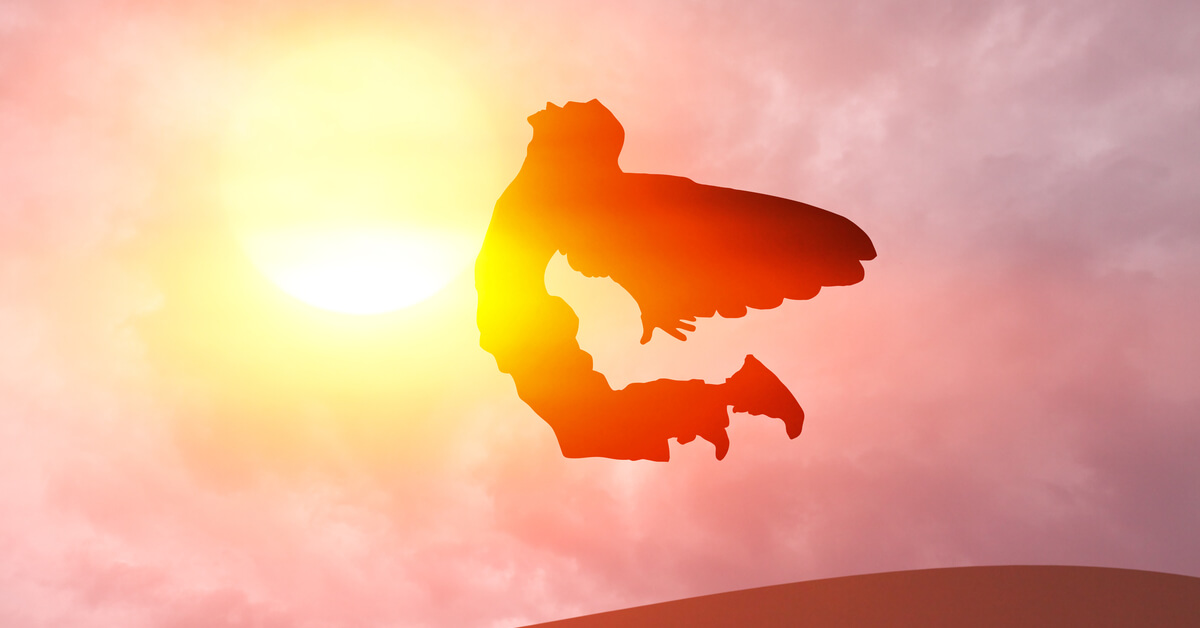Greek mythology contains stories of victory and defeat. Icarus, for example, didn’t get a second chance. In spite of his father’s warning, he flew too close to the sun and his wings fell apart. This example of flight contains a warning about failure. An example of flight that we find inspiring is the more modern-day idea of using origami as a space-saving mechanism in CubeSats (miniature satellites). Who would have imagined origami as a mechanism? This is an excellent example of novel and creative thinking. What other ideas are common and around us but haven’t been given a new context?

| Teacher’s Tip: How about giving your students a task based on this idea? How can students rescale and repurpose ways of making (e.g. crochet, knitting, crazy paving, patchwork, joinery) in intrepid ways? |
Heroes often succeed, but they also fail and don’t have opportunities to learn from their failures. Students are under tremendous pressure in the quest for mastery. As opposed to labors and trials, they face tests and exams. Although…


